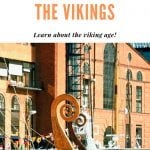There’s so many tales from the Viking Age, however what number of are true? Browse these Viking information to be taught one thing new about a few of Scandinavian historical past’s most well-known folks.
Trendy TV exhibits have shot the recognition of the Viking Age off the charts. From well-known characters to historic battles, there’s a number of tales that persist in well-liked tradition.
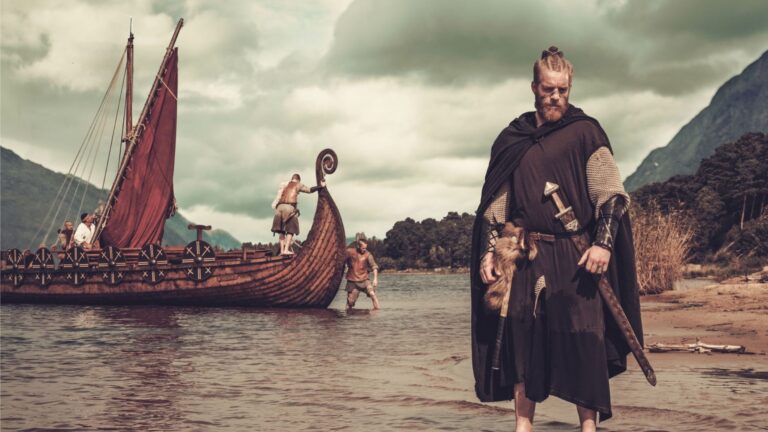
However how a lot do you actually know in regards to the timeline of the Viking Age? There’s so many myths and legends surrounding the time that it is laborious to know what’s true, and what’s not.
We have finished our greatest to leaf by way of the historical past books and converse to archaeologists and different historical past consultants worldwide. The end result? An inventory of enjoyable viking information, or at the very least, as near information as we will get!
Prepared? Then get snug, as a result of listed here are some fascinating tidbits with which to impress your family and friends.
1. The Icelandic Sagas are an essential supply of Viking information
The Icelandic Sagas, central to our understanding of Viking historical past, provide detailed narratives in regards to the lives, adventures, and conflicts of the Norse folks.
Nevertheless, their historic accuracy is debated, as these sagas have been penned centuries after the occasions they describe, usually mixing truth with folklore. This mix enriches the sagas however complicates their use as pure historic data.
Regardless of this, they continue to be invaluable for offering perception into Viking society, tradition, and the values they held expensive, performing as a bridge to the distant Viking Age.
2. We all know so much by way of the accounts of enemies
Throughout the Viking Age, the Norse language was very a lot a spoken one. Viking runes have been used, however this wasn’t an on a regular basis written language. As such, the Vikings wrote down nearly nothing about their very own adventures.
What does this imply? Effectively, except for the sagas, a lot of our data from the time is made up of accounts written down by folks in lands that have been conquered. This presents its personal accuracy points, after all.
One nice instance is the accounts of the assault on Lindisfarne written within the Anglo-Saxon Chronicle: “the woeful inroads of heathen males destroyed God’s church in Lindisfarne island by fierce theft and slaughter.”
Writing a number of years later, the chronicler Symeon of Durham wrote: “They miserably ravaged and pillaged every part. They trod the holy issues beneath their polluted toes, they dug down the altars, and plundered all of the treasures of the church.”
3. Viking runestones nonetheless exist at the moment
Vikings have been expert storytellers. Though tales have been largely handed down orally, they used runestones as a medium to inform tales of their deeds, honour the deceased, or mark territory.
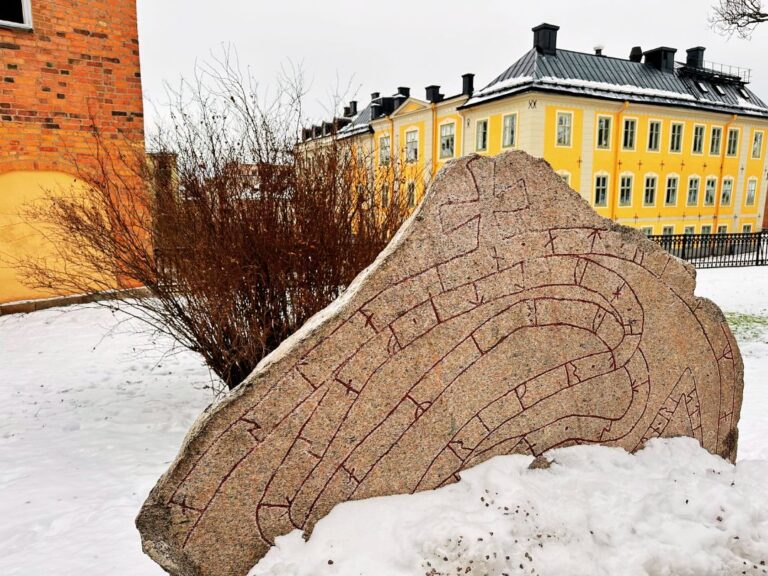
These stones, discovered all through Scandinavia, are adorned with runes and typically intricate carvings that provide a glimpse into the Viking worldview. Lots of the finest are present in Uppsala, Sweden.
4. Viking helmets didn’t have horns
This delusion continued for a few years, however as of late I believe that most individuals already know that warrior helmets from the time didn’t have horns. In reality, some historians consider that painters invented the horned helmet as lately because the nineteenth century!
It’s potential ceremonial or burial helmets had horns, though there may be scant proof for this. What we do know is that on a regular basis helmets worn in battle most positively didn’t.
5. Helmets might not have been commonplace
So few full helmets have ever been discovered that some consultants have speculated that Viking warriors might by no means have worn them in battles.
It is doubtless that some head safety was worn. Maybe they wore leather-based headwear, which is way much less more likely to survive to be discovered by archaeologists.
6. Viking Age folks have been clear, not soiled
The considered males aboard a ship for weeks on finish would possibly conjure up photos of filth, however archaeological finds recommend in any other case. Tweezers, razors and combs are among the many gadgets to have been present in archaeological digs.
7. The phrase ‘Viking’ is a verb
The time period ‘Viking’ has its roots within the Previous Norse language, the place it initially functioned as a verb reasonably than a noun.
Traditionally, ‘viking’ referred particularly to the act of raiding and embarking on expeditions, indicating a dynamic means of exploration, plunder, and journey.
This linguistic nuance factors to the Vikings’ personal notion of their actions, emphasising the motion and the enterprise of raiding overseas lands over the id of the raiders themselves.
Over the centuries, the utilization of the time period advanced, transitioning from describing a selected exercise to denoting the Norsemen identified for partaking in such raids.
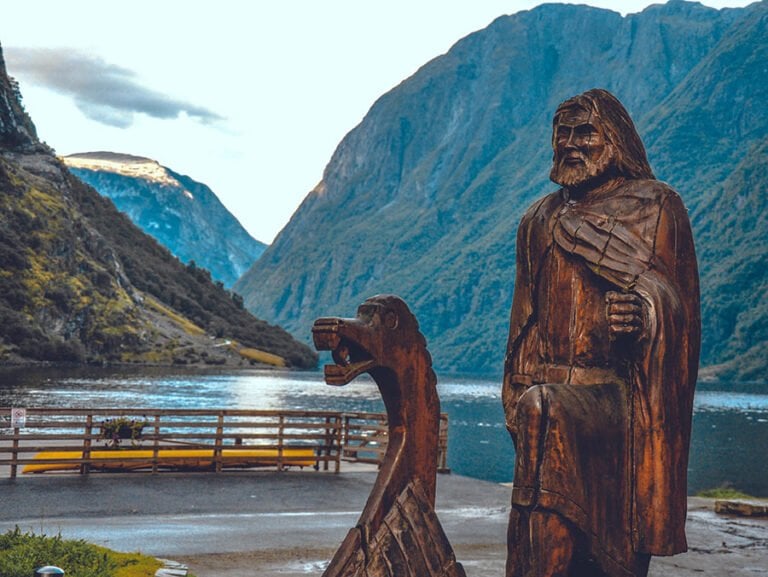
This shift displays a broader change in how the Vikings have been seen, each by themselves and by others, from their actions to their cultural and ethnic id.
8. Vikings gave us the phrase ‘berserk’
The Norse language used through the Viking Age closely influenced the English we use at the moment. One nice instance is the phrase ‘berserk’.
Warriors that entered battle in a trance-like state have been referred to as berserkers. Some say they wore the skins of bears or wolves. It is price fascinated about subsequent time you employ the phrase!
9. Most Viking Age folks weren’t warriors
Opposite to the warrior picture popularised by media, most Vikings led peaceable lives, partaking in farming, crafts, and commerce reasonably than raiding.
The bulk have been farmers in small communities, specializing in agriculture to maintain their society. Artisans additionally performed a key function, creating items for native use and commerce.
Norse merchants expanded their attain throughout Europe and past, exchanging a wide range of items, showcasing a fancy community of commerce routes. This paints an image of Viking Age folks as versatile settlers and merchants, not simply warriors.
10. Nearly all of males have been farmers
Disappointing as it might be to followers of the tales, however on a regular basis Viking way of life was really fairly boring. Most Viking males by no means, or hardly ever, picked up a sword.
Most would have lived in peace and labored as farmers, rising barley, rye and oats and maintaining cattle, goats, pigs and sheep.
11. The Vikings travelled to North America
The Icelandic-Norwegian explorer Leif Erikson beat Christopher Columbus, the particular person most frequently credited with discovering the ‘new world’, by about 500 years.
The expedition led to the institution of a Norse settlement at L’Anse aux Meadows in Newfoundland, marking the primary identified European presence in North America.
This web site, now a UNESCO World Heritage Website, offers archaeological proof of the Viking’s short-lived outpost, showcasing their superior seafaring abilities and the extent of their explorations past their Scandinavian homelands.
12. They used honey as a sweetener
Honey held a singular place in Viking delicacies as their sole pure sweetener. This substance was not solely cherished for its potential to sweeten meals, including a fascinating sweetness to an in any other case savoury weight loss program, however it additionally performed a central function within the manufacturing of mead.
Mead, a candy alcoholic drink made by way of the fermentation of water and honey, was extremely prized among the many Vikings for its style and the social standing it conferred throughout feasts and gatherings.
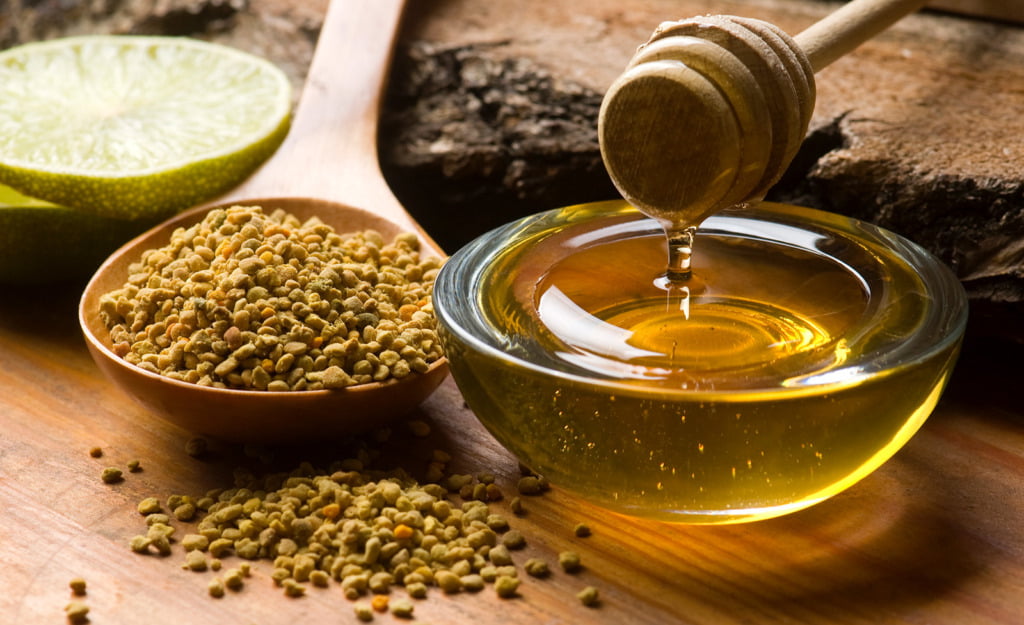
This beverage, usually related to Norse gods and legends, continues to be loved at the moment, serving as a hyperlink to the culinary traditions of the previous.
Using honey showcases the Vikings’ ingenuity in utilising accessible pure assets to boost their foods and drinks, additional highlighting its significance of their each day life and cultural practices.
13. Viking Age folks have been eager skiers
Viking Age folks weren’t solely adept sailors but additionally expert skiers, a truth supported by archaeological findings that hint the existence of rudimentary skis again at the very least 6,000 years.
By the period of the Vikings, snowboarding had advanced considerably, serving a twin goal of their society.
It was a sensible mode of transportation, enabling them to navigate the snow-covered landscapes of Scandinavia effectively through the lengthy winter months. Skis facilitated journey, searching, and communication throughout huge distances.
It additionally turned a preferred leisure exercise, the place people and teams would ski for enjoyment. These actions doubtless helped to strengthen communal bonds and supplied a much-needed respite through the chilly, darkish winter months.
14. There was a god of snowboarding
The Viking’s veneration of Ullr, the snowboarding god, underscores the central function of snowboarding of their tradition.
Ullr, shrouded in thriller on account of restricted medieval data, is prominently related to snowboarding, archery, searching, and protection in Norse mythology.
Sometimes depicted on skis with a bow, he represents abilities essential for survival and protection in Viking society, akin to navigating snowy terrains and searching.
Ullr is widely known because the ski-god, bow-god, hunting-god, and shield-god, reflecting his significance throughout varied facets of Viking life.
His worship highlights the Vikings’ respect for the pure world and their reliance on it for sustenance and safety, emphasizing Ullr’s function of their non secular and on a regular basis lives.
15. There was no ‘Viking group’
Opposite to the notion of a cohesive ‘Viking group,’ the Vikings have been divided into quite a few unbiased tribes throughout Scandinavia, every led by its personal chieftain.
These tribes valued their autonomy, usually leading to conflicts over cooperation. Whereas alliances did kind, they have been often momentary, pushed by necessity reasonably than a way of unity.
Regardless of their fragmented society, Vikings weren’t fully remoted from one another. Commerce was essential, enabling tribes to entry items and assets they lacked, fostering connections by way of shared language, non secular beliefs, and customs.
This facilitated a degree of interplay and alternate, albeit with out a unified id. The Viking period is characterised by this complicated community of unbiased tribes, emphasizing native management’s function in navigating a aggressive panorama.
The thought of a single Viking group almost definitely comes from the attitude of individuals dwelling elsewhere.
16. Video games have been well-liked within the Viking Age
Norse folks engaged in varied video games, together with strategic board video games, bodily sports activities, and competitions of power and talent to entertain and prepare.
‘Hnefatafl’, an historic Norse board recreation, epitomises strategic warfare, as soon as rivalling chess in reputation.
Performed on a grid, the sport simulates a defending king striving to flee attackers. Its guidelines emphasize technique, symbolizing Viking tactical prowess. Hnefatafl’s legacy endures, reflecting the mental tradition and societal values of the Vikings.
‘Knattleik’ is claimed to have been performed with sticks and a ball. Whereas no detailed account of the foundations exist, it is a affordable assumption that the sport bared some similarity to area hockey, or maybe hurling.
17. They travelled as far east as Turkey
Vikings have been referred to as nice travellers. In reality, Norsemen made up a number of the Byzantine Empire’s Varangian Guard in modern-day Turkey.
It’s believed that Harald Hardrada rose by way of the ranks to change into the commander of the Guard in Constantinople. He would ultimately return to change into the King of Norway, and is also known as the ‘final nice viking’.

